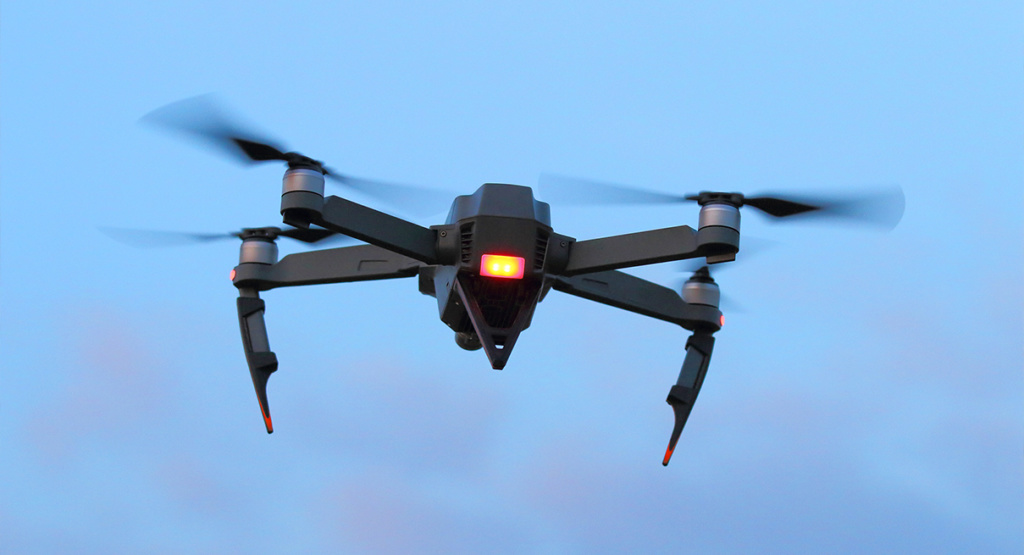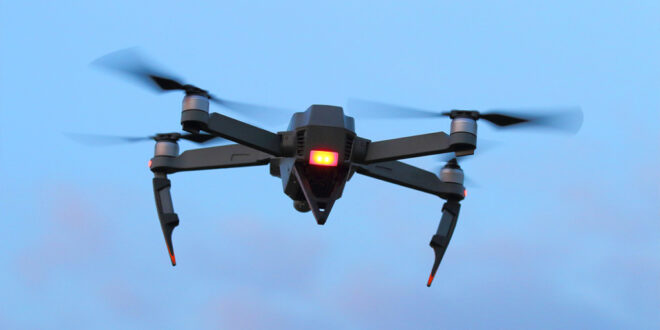By Jonny Lupsha, Wondrium Staff Writer
The U.S. Navy is ramping up production of unmanned watercraft. The military hopes that waterborne drones will counter the growing threat of China’s fleet. Drone usage is expanding in number and purpose.

For years, airborne drones have dominated the discussion about the U.S. military’s use of unmanned vehicular craft. What about seafaring drones? While some such drones have already been deployed in the Middle East, the U.S. Navy recently announced it would expedite the development of its waterborne drones to surveil China’s fleet, enhance U.S. weapons power, and lower the risks American sailors face. The plan also brings a reduced cost, compared to its manned counterparts.
Drones have long been a subject of controversy due to the amount of surveillance they can perform—including on an unknowing public by their own government. In his video series The Surveillance State: Big Data, Freedom, and You, Professor Paul Rosenzweig, Professorial Lecturer in Law at The George Washington University Law School, provides context to drone usage both public and private.
Drone On
Perhaps the most obvious use of drones by any government is for military purposes.
“In 2015, the Pentagon reportedly controlled some 7,000 military-grade drones—up from fewer than 50 at the start of the 21st century,” Professor Rosenzweig said. “These have been used increasingly in military missions overseas, first running reconnaissance, and then targeting al-Qaeda operatives in Afghanistan, Iraq, Pakistan, Somalia, Yemen, and elsewhere. Meanwhile, hostile groups such as the Islamic State of Iraq and al-Sham, or ISIS, as well as Hamas and Hezbollah, are said to have obtained their own drones.”
Drone pilots learn to carry out surveillance and reconnaissance missions, how to conduct and respond to electronic attacks, how to implement strike missions with weapons, and how to conduct search and rescue missions.
As drone proliferation continues at a seemingly exponential rate, so does the possibility of malevolent use. Professor Rosenzweig cited a number of examples that highlighted these scenarios. In one, a $400 remote-controlled quadcopter landed on the White House lawn. It was unarmed, but a military exercise showed how a similar drone could be fitted with three pounds of explosives and “turned into a flying bomb.”
“It was a DJI Phantom 2, a slightly newer version of the drone that landed at the White House,” he said. “Another military exercise pitted $5,000 worth of drones against a convoy of armored vehicles, and according to Wired, the drones won.”
Domestic Drones
Drones have a number of other official uses in and around the United States, by both the public and private sectors. One such example is the Department of Homeland Security, which use drones for border patrol.
“These vehicles conduct surveillance of areas and routes that are inaccessible to regular patrols,” Professor Rosenzweig said. “Likewise, we use drones over the ocean to maintain maritime domain awareness, and to track shipping heading to the United States.”
We also use drones for emergency preparation and disaster response. Before a hurricane hits, drones can scout evacuation routes and vulnerable locations. Afterward, they show the world the extent of the damage and are used in initial remediation planning. Farmers use drones to monitor crop growth and sometimes to replace crop dusters.
“One of the most interesting commercial applications is the use of drones by newsgathering operations,” Professor Rosenzweig said. “Drones are much cheaper to operate than traffic helicopters; and when large demonstrations occur—like a march on Washington, or a riot, for example—they can provide a safe platform for news gathering.”
Like any tool, drones come with the risk of malevolent use. Existing concerns about privacy invasion are valid when considering drone use by terrorists for attacks; by federal or state governing agencies, paparazzi, or just snooping neighbors; or others. Like any emerging technology, lawsuits and subsequent laws are sure to be forthcoming.
The Surveillance State: Big Data, Freedom, and You is now available to stream on Wondrium.
Edited by Angela Shoemaker, Wondrium Daily
 Unmanned Aerial Vehicle The latest drone news
Unmanned Aerial Vehicle The latest drone news


